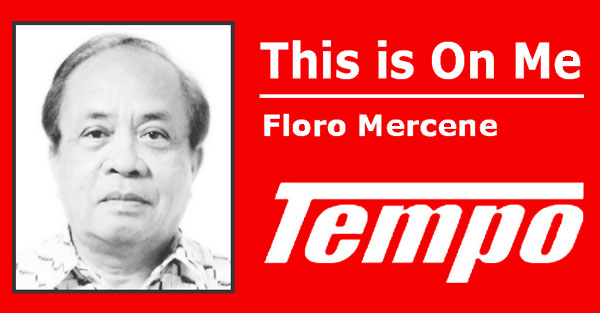by Floro Mercene
Rikishi is the Japanese term for a professional sumo wrestler, and it literally means ‘a gentleman of strength’. Within the world of sumo, Rikishi is used as a catch-all term for wrestlers who are in the lower, un-salaried divisions. The more prestigious term sekitori is used to refer to a wrestler who is ranked in one of the top two professional divisions.
Life as a rikishi is highly regimented, with rules regulated by the Japan Sumo Association. Most new recruits are scouted at the age of 15, straight from high school, and come to sumo in search for glory and wealth. The sumobeya, or ‘stable’, is where the wrestlers live in a dormitory style, eat, clean, train and sleep throughout their career, where all aspects of their daily lives – from meals to their manner of dress – are dictated by strict tradition. An average stable will contain around 15 wrestlers, and is arranged according to a strict hierarchy.
The number of annual sumo applicants has been steadily falling especially since the harsh lifestyle makes it more and more difficult to attract new recruits. Sumo is seen as old-fashioned compared to other cooler sports like baseball and soccer. Foreign-born wrestlers, however, still see it as a ticket to a brighter future.
The sumo season starts in January, with Grand Tournaments (basho) held over a 15-day period every two months.
A rikishi ‘s sumo rank is determined solely by his number of wins. It can be gained or lost every two months in the official tournaments, whereas for other martial arts, for example, Karate, ranks are gained after passing a single test, and practitioners of karate are not normally demoted, even after repeated poor performances at tournaments. This divergence from other martial arts creates a high-pressure, high intensity environment for rikishi.


